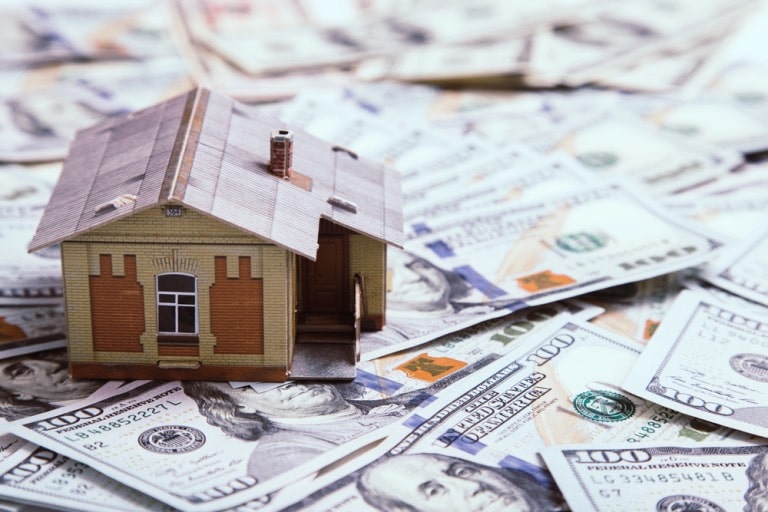The Art of the Flip: How to Transform Run-Down Foreclosures Into Profitable Properties

Turning a profit from foreclosed properties may seem like a daunting task, but with the right strategy, it can be immensely rewarding. The process requires an understanding of the real estate market, a discerning eye for potential, and a knack for executing efficient renovations.
By focusing on carefully chosen foreclosures and employing targeted upgrades, investors can significantly increase property values. Keep reading to learn the essential steps to successfully transform neglected homes into sought-after pieces of real estate.
Assessing the Potential of a Fixer-Upper
Beyond the initial purchase price, assessing a foreclosure’s potential value post-renovation is crucial. Investors must inspect the property carefully, noting structural issues, necessary repairs, and potential enhancements. A solid understanding of construction costs will prove beneficial in estimating the viability of a project.
Considering a property’s layout and design is essential for planning purposeful renovations. Maximizing the use of space, improving flow, and modernizing finishes can greatly impact marketability. Sometimes, minor changes can significantly influence a home’s functionality and appeal.
When evaluating a fixer-upper, energy efficiency and sustainability are increasingly important to potential buyers. Upgrading with eco-friendly materials and installing energy-saving appliances can boost a property’s value. Investing in an inspection by a reputable company like Pruitt Heating & Air in Buford GA can also shed light on the condition of the HVAC system and potential for energy-efficient upgrades.
Strategies for Efficient Renovations and Upgrades
Time is money in the flipping business, so developing strategies for efficient renovations is key. A commonly adopted approach is to focus on renovations that offer the best return on investment. Upgrading kitchens and bathrooms, for example, can significantly increase a home’s value.
Selecting materials and finishes at a good balance of cost and quality can streamline the upgrade process. Staying informed on trends, while also keeping timeless aesthetics in mind, helps create a marketable property that appeals to a broad range of buyers. It’s also beneficial to purchase materials in bulk when possible to reduce costs.
In parts of the renovation where professional services are necessary, such as garbage removal, investors should opt for companies known for their efficiency and dependability. For instance, engaging a service for junk removal in Burlington, NJ, can help clear a property quickly, making it ready for the next phase of renovation without unnecessary delays.
Crafting a Remodeling Plan That Maximizes Value
A solid plan is the foundation of any successful renovation. It lays out the scope of the work, expected costs, and timeline. Effective plans prioritize renovations that increase property values, such as kitchen and bathroom updates, which yield high return rates. Additionally, addressing any defects that might deter buyers, like roof repairs or water damage, is imperative.
Cosmetic improvements also play a crucial role in remodeling plans. Fresh paint, updated lighting fixtures, and new flooring can breathe new life into an otherwise drab space. These changes can be cost-effective yet dramatically alter a property’s appearance and feel, making them an essential component of any renovation strategy.
In planning renovations, it’s wise to allocate a contingency budget for unforeseen expenses. Even the most meticulous plan might encounter unexpected complications that could increase costs. Setting aside a portion of the budget for these eventualities can prevent financial overruns and ensure the project stays on track.
Marketing Your Transformed Property for Maximum Profit
Once renovations are complete, strategic marketing is crucial to attract buyers and maximize profit. Highlighting the property’s features, especially those that make it stand out in the market, will capture the attention of potential buyers. High-quality photos and virtual tours can showcase the property’s new look and feel to great effect.
Setting the right price is a delicate balance that requires understanding current market conditions, comparable listings, and the unique value proposition of the renovated property. Pricing it too high might deter potential buyers, while pricing it too low could mean leaving money on the table.
Overall, flipping foreclosed properties requires a combination of market savvy, strategic planning, and stringent execution. By understanding the potential within a down-and-out property and undertaking thoughtful renovations, investors can tap into significant profit margins. The journey from acquiring a foreclosure to marketing the renovated home is complex, but the rewards are often well worth the effort.



